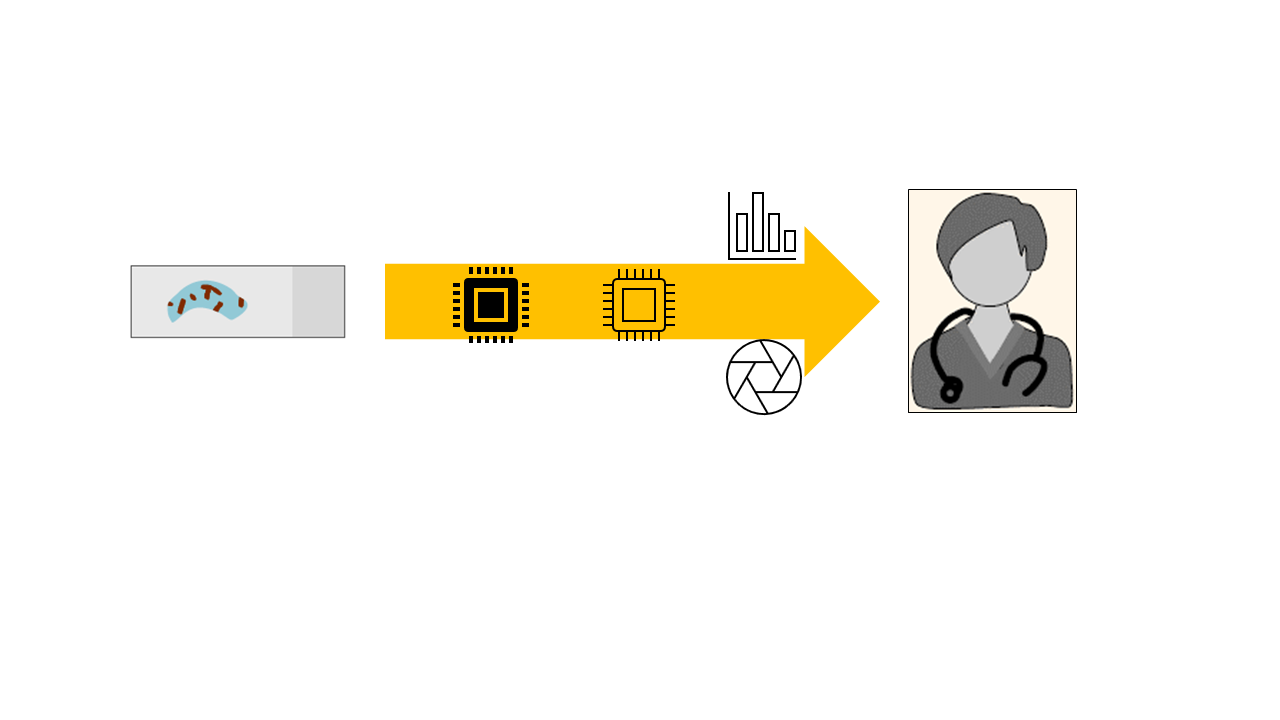O02_01
Deep leaning of new morphological characteristics of blood vessel in breast cancer.
Tomoyasu SUGIYAMA *1, Masayoshi FUJISAWA2, Koichiro DOI1, Tomonari KASAI3, Hiroyuki KAMEDA4, Toshiaki OHARA2
1School of Bioscience and Biotechnology, Tokyo University of Techmology
2Department of Pathology and Experimental Medicine, Graduate School of Medicine, Dentistry and Pharmaceutical Sciences, Okayama University
3Neutron Therapy Research Center, Okayama University
4Tokyo University of Techmology
( * E-mail: tsugiyama@stf.teu.ac.jp)
Angiogenesis has an important role in cancer prognosis. We have previously associated the morphology of capillary, e.g., C–shaped and excessively branched capillaries, with poor prognosis in breast cancer (Pathol. Int. 2024; 74:394-407). The new morphological characteristics identified in capillaries are of interest as reliable biomarkers for taking into consideration of therapeutic interventions. The methodology, however, requires expertized works of microscopic observation to find those capillaries in tumor tissues. This study aimed to develop artificial intelligence (AI) models for identifying and classifying intra-tumoral capillaries in immunohistochemical images based on the morphology using pix2pix with conditional generative adversarial networks and visual geometry group 16 with convolutional neural networks. We first applied an AI model to extract and visualize capillaries from an immunohistochemical image of CD31 and HE stains. Then, other AI model classified capillaries in each small area out of original size of image. Thus, the AI models visualized regions of C–shaped and excessively branched capillaries as abnormal areas. Subsequently, the AI model calculated abnormal scores for the probability of classification. As a result, C–shaped and excessively branched capillaries showed high score compared to normal capillaries. The workflow of making AI models could be useful for the AI prediction of capillaries which are prognostic in breast cancer.
